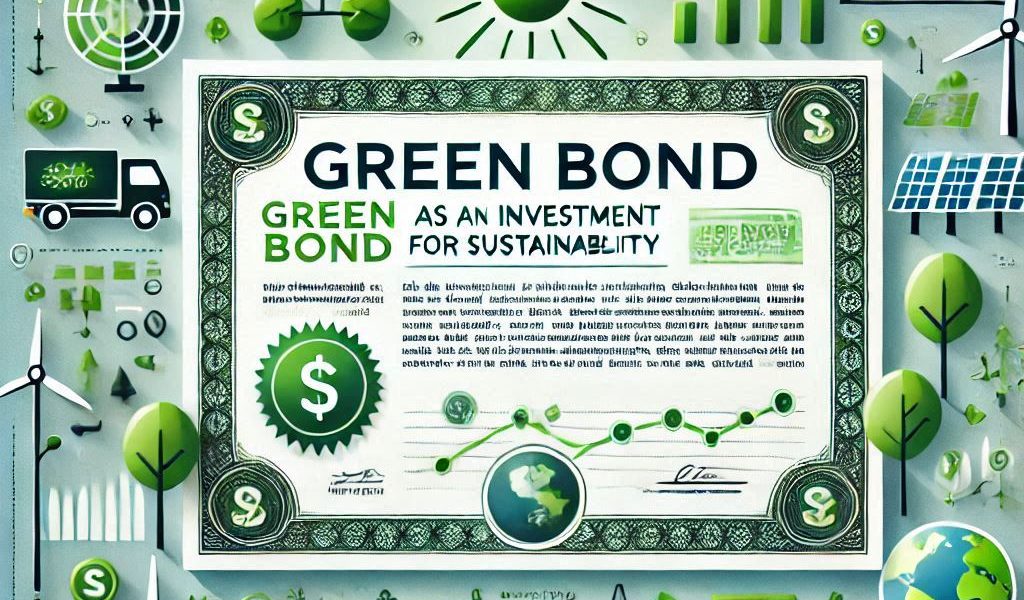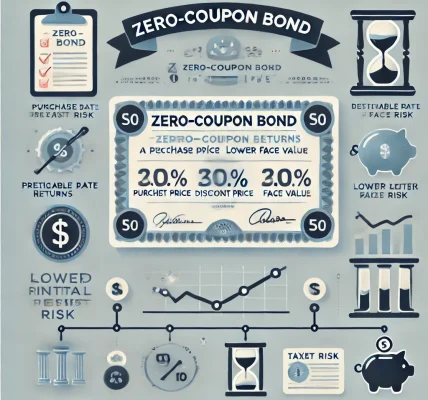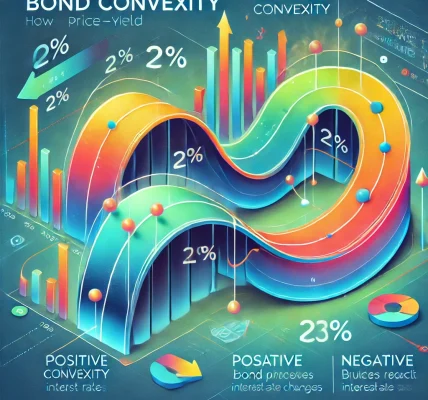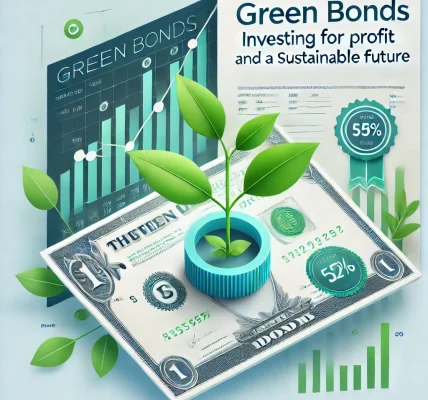Introduction:
As sustainability continues to become a key focus for investors, green bonds have emerged as an attractive option for those looking to make a positive impact on the environment while also earning returns. Green bonds are debt securities issued to fund projects that have positive environmental or climate benefits, such as renewable energy, energy efficiency, or sustainable agriculture. In this blog, we will explore what green bonds are, their benefits, risks, and how you can start investing in them to align your portfolio with your values.
What Are Green Bonds?
Green bonds are fixed-income securities that are specifically designed to raise capital for projects that benefit the environment. These projects could range from funding renewable energy infrastructure, clean water projects, or sustainable transportation. The primary difference between green bonds and traditional bonds lies in the use of the funds raised – green bonds are earmarked for environmentally-friendly projects.
Issuers of green bonds can include governments, corporations, or even multilateral development banks. These bonds are typically backed by the issuer’s credit and offer returns in the form of interest payments, just like regular bonds. The main appeal of green bonds lies in their dual benefit: the opportunity for a return on investment and the positive environmental impact they support.
Benefits of Investing in Green Bonds:
- Positive Environmental Impact:
- The most compelling reason to invest in green bonds is their environmental benefits. When you invest in green bonds, your money is directly contributing to projects that address critical global issues such as climate change, clean water access, and pollution reduction.
- Diversification:
- Green bonds provide diversification in a portfolio, allowing investors to expand into an area that not only offers financial returns but also serves to support long-term environmental goals. They can be a great complement to traditional bonds, stocks, or other fixed-income investments.
- Growing Market:
- The market for green bonds has been rapidly growing. In 2020 alone, green bond issuance reached over $250 billion globally, and many institutional investors are increasingly seeking sustainable investment options. As awareness and demand grow, green bonds are likely to see continued interest from the investment community.
- Lower Credit Risk in Some Cases:
- Many green bonds are issued by large, financially stable organizations, such as governments or multinational corporations, offering a relatively lower credit risk. Furthermore, some green bonds are backed by government guarantees or support, further mitigating the risk for investors.
Risks of Investing in Green Bonds:
- Limited Availability of Green Bonds:
- While the green bond market is growing, there are still fewer green bond options compared to traditional bonds. This can limit your ability to diversify within the green bond space itself.
- Greenwashing:
- “Greenwashing” is a term used to describe when a company or government claims to be environmentally-friendly without actually implementing sustainable practices. While the green bond market is regulated, some issuers may not be as transparent as others, leading to concerns about the true environmental impact of the projects funded.
- Interest Rate Risk:
- Like other bonds, green bonds are subject to interest rate risk. When interest rates rise, the price of bonds falls, which can lead to potential losses for investors if the bonds are sold before maturity.
- Project-Specific Risk:
- The success of a green bond depends on the specific environmental project it is funding. If the project experiences delays, issues with implementation, or fails to deliver on its environmental goals, the bond’s performance may be negatively affected.
How to Invest in Green Bonds:
- Direct Investment in Green Bonds:
- You can directly purchase green bonds from issuers in the primary market during a bond issuance or buy them on the secondary market from financial institutions, brokers, or exchanges. Keep an eye on bond ratings and ensure the issuer aligns with your sustainable investing goals.
- Green Bond Funds and ETFs:
- If you prefer a more diversified approach to green bond investing, you can consider investing in a green bond mutual fund or exchange-traded fund (ETF). These funds pool money from multiple investors to buy a variety of green bonds, giving you exposure to a broader range of projects and issuers.
- Research and Due Diligence:
- Before investing, it is crucial to research and evaluate the green bonds you are considering. Look at the issuer’s credibility, the environmental impact of the project, and the bond’s financial terms. Make sure the bond complies with recognized standards, such as the Green Bond Principles (GBP), which ensure transparency and accountability.
- Consult with Financial Advisors:
- If you are new to bond investing or sustainable investing, consider speaking with a financial advisor who specializes in green investments. They can help you navigate the green bond market and build a portfolio that aligns with your financial and ethical goals.
Key Green Bond Issuers:
Some well-known organizations that issue green bonds include:
- The World Bank: A major player in the green bond market, the World Bank issues green bonds to fund projects aimed at addressing climate change and promoting sustainability.
- European Investment Bank (EIB): The EIB issues green bonds to support environmental and renewable energy projects across Europe.
- Corporations and Local Governments: Companies like Apple, Toyota, and municipal governments also issue green bonds to fund eco-friendly projects.
Conclusion:
Green bonds present a unique opportunity for investors who want to make a positive impact while earning a return. By investing in green bonds, you are contributing to the fight against climate change and supporting sustainable projects that benefit both the environment and society. As with any investment, it is essential to understand the risks and rewards associated with green bonds. With careful research and due diligence, you can build a portfolio that not only offers financial returns but also supports your personal values.




